
홈
Gaya Tumuli
Gyo-dong and Songhyeon-dong Tumuli
Gyo-dong and Songhyeon-dong Tumuli
Gyo-dong and Songhyeon-dong Tumuli
- The highest-status cemetery of Bihwagaya
- The burial facilities and grave goods excavated from the Gyo-dong and Songhyeon-dong cemetery showcases the active interchanges Bihwagaya carried out with Silla.
General Information
- Designation: Historic Site No.514
- Construction period: 5th-6th centuries
- Property area: 34.1ha
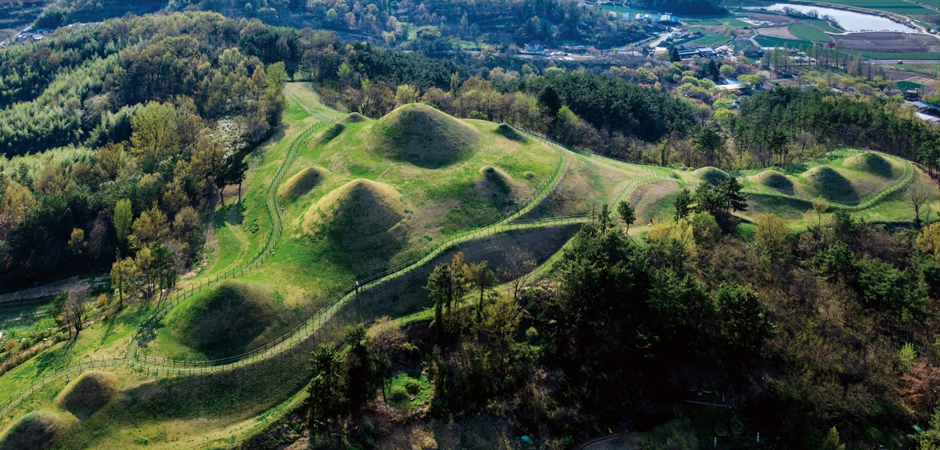
-
overview
- The Gyo-dong and Songhyeon-dong Tumuli is named after the two neighborhoods it spans: Gyo-ri and Songhyeon-ri in Changnyeong County, Gyeongsangnam-do Province. The cemetery is positioned in what used to be the center of Bihwagaya in the Changnyeong Basin. Here, tomb construction occurred during the fifth and sixth centuries. The burial facilities and grave goods excavated from the Gyo-dong and Songhyeon-dong cemetery showcases the active interchanges Bihwagaya carried out with Silla. The cemetery is formed in a hilly area protecting the Changnyeong Basin at the back as it stretches from the mountains toward the western plain. There are 115 mounded tombs at the cemetery, but it is assumed that there are many more graves with only underground facilities and that have not been discovered.
There are found tombs from the fifth century along the ridges of the hilly area and those from the sixth century on the eastern slopes of the cemetery. As the Changnyeong Basin became a regional center for Silla after the fall of Gaya, tomb construction at the Gyo-dong and Songhyeon-dong cemetery continued to occur into the second half of the seventh century. Thanks to a wide-scale excavation effort in the early 20th century, its identity as a Gaya cemetery was confirmed. Unfortunately, this also led to some instances of tomb robbery. The Gyo-dong and Songhyeon-dong Tumuli was registered on the Japanese colonial heritage list in 1939. It was designated as two separate Historic Places (the Gyo-dong Tumuli and the Songhyeon-dong Tumuli) based on the way the tombs are clustered, and also according to the boundaries of the administrative districts at the time. In 1963 their designation status was changed to Historic Site under the Cultural Heritage Protection Act. Archaeological research in the 2000s revealed the historical connection between the two sites, and they were redesignated a single Historic Site under the name of the Gyo-dong and Songhyeon-dong Tumuli in 2011.
The cemetery features mounded tombs in varying sizes. Tombs are laid out with a large mound surrounded by smaller mounds. A good example is Tomb No. 7. Smaller-mounded tombs encircle Tomb No. 7 like satellites. The spatial layout of larger and smaller tombs testifies to the stratification of the Gaya ruling class into several sub-classes.
A unique variation of the Gaya-type stone-lined chamber tomb featuring an elongated stone-lined chamber with an opening on one side through which the coffin was inserted is found at the Gyo-dong and Songhyeon-dong cemetery. This form of burial is most clearly illustrated by Tomb No. 3. There are other forms of distinctive burial confirmed at this cemetery as well, including examples where two adjacent burial mounds are built in a gourd shape or where a wooden casket is topped by a cairn and then mounded over with earth. These types of burial reflect the influence of the neighboring Silla state.
Some of the burial objects excavated from the cemetery (such as large swords and armor) were imported from Daegaya, Baekje, and Japan. However, the excavated trade goods are mostly of Baekje origin, such as gold earrings, gilt-bronze butterfly-shaped hat decorations, silver belt decorations, and horse trappings. The composition of the burial goods from the Gyo-dong and Songhyeon-dong Tumuli evidences the close relationship Bihwagaya enjoyed with Silla.
Picture
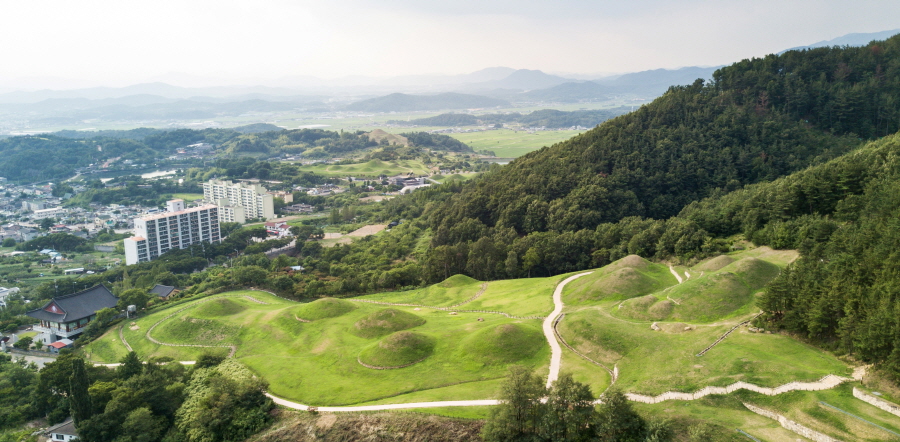
Picture 1. View of Gyo-dong and Songhyeon-dong Tumuli, Changnyeong
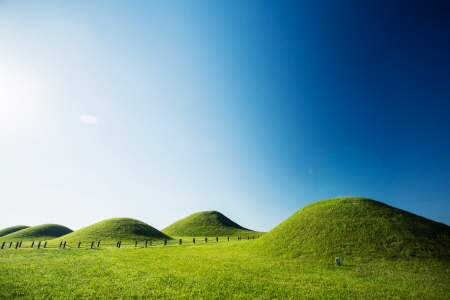
Picture 2. View of Gyo-dong and Songhyeon-dong Tumuli, Changnyeong
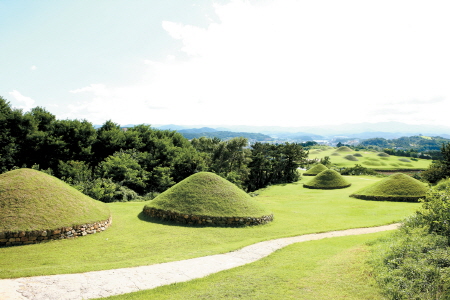
Picture 3. View of Gyo-dong and Songhyeon-dong Tumuli, Changnyeong
Relics
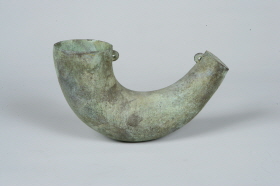
Bronze rhyton ,Excavated form group 1 7
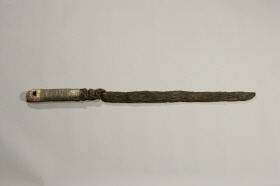
Sword, Excavated form group 1 11
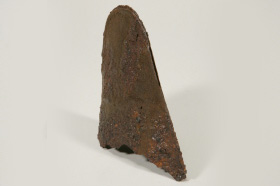
An official hat, Excavated form group 2 3
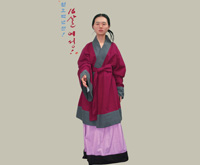
Restore bone of woman buried alive with the dead, Excavated form group 3 10
